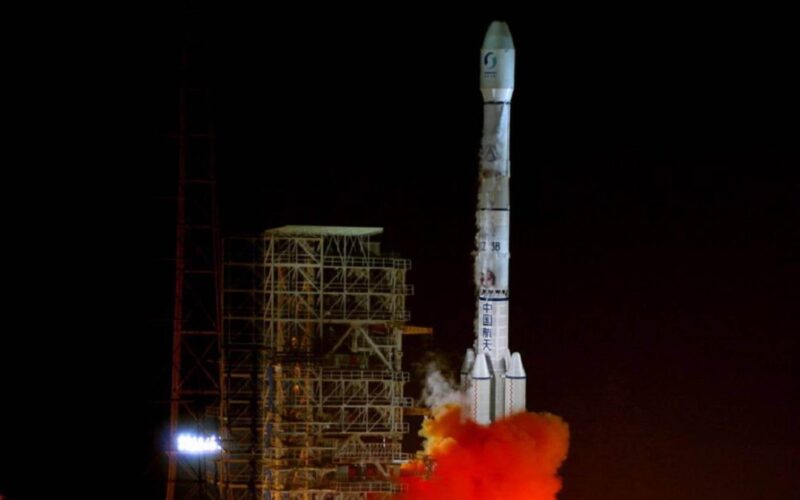The European Union Aviation Safety Agency (EASA) warned over the potential event of large debris from a Chinese rocket entering the atmosphere across the southern airspace of the European Union.
In a safety bulletin released on July 28, 2022, the European safety regulator said that debris of the large space rocket Long March 5B might affect the airspace between July 30 and July 31, 2022.
Space Surveillance and Tracking (SST) experts issued a recommendation for the relevant countries’ aviation authorities and airlines to “regularly monitor” and to “take into consideration the latest predictions for the re-entry and adapt their risk assessments in accordance with the evolving situation and information available,” the EASA wrote.
The regulator warned that debris could potentially affect airspace over seven European countries, including Bulgaria, France, Greece, Italy, Malta, Portugal, and Spain.
“Object CZ-5B has an estimated mass ranging between 17 and 22 tons, which makes it one of the largest pieces of debris re-entering the atmosphere in recent years,” the agency explained. “For this reason, it deserves careful monitoring.”
Thus, the EASA recommended that the concerned authorities adapt the risk assessments in line with the situation and updates provided as well as and consider the implementation of airspace restrictions on “a 200 km-wide path around each of the re-entry passes as forecasted by the EU SST at the foreseen times.”
Developed by the China Academy of Launch Vehicle Technology (CALT), the Long March CZ-5B is a heavy-lift vehicle designed to use exclusively non-hypergolic liquid propellants and dedicated to flying necessary modules to the Chinese space station.
The rocket was sent to its most recent space mission on July 24, 2022.

